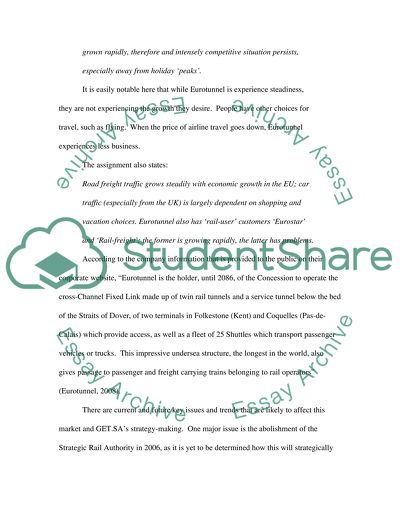Cite this document
(“A Strategic report on The CrossChannel Transport Business and Essay”, n.d.)
A Strategic report on The CrossChannel Transport Business and Essay. Retrieved from https://studentshare.org/miscellaneous/1506499-a-strategic-report-on-the-crosschannel-transport-business-and-eurotunnel-getsa
A Strategic report on The CrossChannel Transport Business and Essay. Retrieved from https://studentshare.org/miscellaneous/1506499-a-strategic-report-on-the-crosschannel-transport-business-and-eurotunnel-getsa
(A Strategic Report on The CrossChannel Transport Business and Essay)
A Strategic Report on The CrossChannel Transport Business and Essay. https://studentshare.org/miscellaneous/1506499-a-strategic-report-on-the-crosschannel-transport-business-and-eurotunnel-getsa.
A Strategic Report on The CrossChannel Transport Business and Essay. https://studentshare.org/miscellaneous/1506499-a-strategic-report-on-the-crosschannel-transport-business-and-eurotunnel-getsa.
“A Strategic Report on The CrossChannel Transport Business and Essay”, n.d. https://studentshare.org/miscellaneous/1506499-a-strategic-report-on-the-crosschannel-transport-business-and-eurotunnel-getsa.


